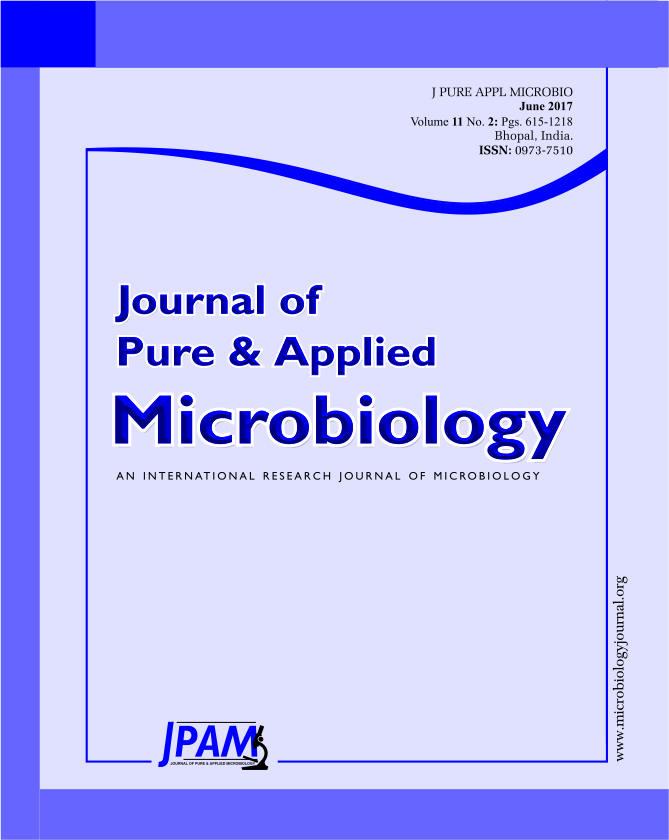Biological control of plant pathogens is assuming increasing importance in organic and low input sustainable agriculture. Forty one Actinobacterial strains isolated from the arid, semi arid and humid regions of Rajasthan, Karnataka, Andhra Pradesh in India were tested for their antagonism to four plant pathogenic fungi viz., Macrophomina phaseolina, Sclerotium rolfsii, Rhizoctonia solani and Fusarium oxysporum. The Streptomyces strains from humid regions were more effective in inhibiting mycelial growth of Macrophomina phaseolina (62.8%). Arid and semi arid region strains (40.8 and 40.6%) were almost similar in inhibiting mycelial growth of Sclerotium rolfsii compared to humid region strains. Semi arid region strains (24.2%) were more effective in inhibiting the mycelial growth of Rhizoctonia solani followed by arid and humid region strains. However only the arid region strains (44.5%) showed inhibition towards Fusarium oxysporum. The strains with best antogonistic ability (10 no.s) also exhibited other plant growth promoting traits like production of Indole acetic acid (1.9 – 5.7 mg ml-1) and Gibberellic acid (24.1-41.4 mg ml-1). All the strains except Streptomyces A30 could solubilize P from inorganic tri-calcium phosphate. The amount of P solubilization ranged from 3.2 – 6.8%. All the strains except Streptomyces A40 produced alkaline phosphatase which ranged from 60.0-160.9 µg p-nitrophenol/ml /h. Some strains produced ammonia whereas none of the strains produced HCN, siderophore or exhibited chitinase activity. In a glass house evaluation in soil microcosms, among the ten strains Streptomyces A6 was found best for promoting maize and Streptomyces A17 for chickpea growth.
Actinobacteria, Streptomyces, Biocontrol, PGPR, dryland crops.
© The Author(s) 2017. Open Access. This article is distributed under the terms of the Creative Commons Attribution 4.0 International License which permits unrestricted use, sharing, distribution, and reproduction in any medium, provided you give appropriate credit to the original author(s) and the source, provide a link to the Creative Commons license, and indicate if changes were made.


